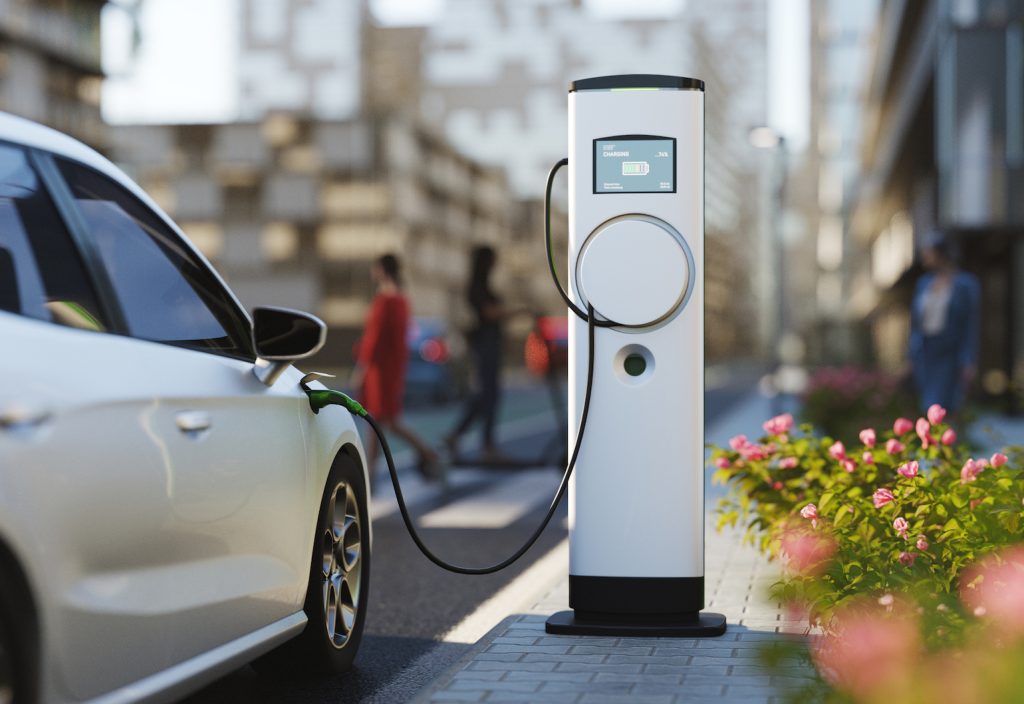Population growth, net zero emissions targets, emerging technologies and extreme weather events are among the key factors influencing Australia’s transport system of tomorrow. How can it meet the challenges?
What emissions reduction goal does Australia’s transportation sector need to meet? How can it be more prepared to deal with changes in technology? Do we have the engineering workforce to support the transport system of tomorrow?
These are some of the questions posed in Engineers Australia’s new Future of Transportation discussion paper, which aims to foster a broad conversation about the sector’s outlook. It will also shape the recommendations for its upcoming directions paper, which will encourage governments and industry to make the reforms required to promote a robust and sustainable transport sector.
“Transportation is a complex issue, especially for a land-locked country like Australia that relies so heavily on ports and freight routes to move goods in and around the country,” says Michael Bell, Engineers Australia Senior Policy Advisor and author of the Future of Transportation discussion paper.
“It’s also an industry that intersects with so many other sectors. Engineers have a vital role to play in shaping the future of transportation, but we also consulted experts outside of the engineering industry for the discussion paper, because we need a holistic approach to transport strategy.”
Vision and validation
Data from the Australian Bureau of Statistics projects Australia’s population will reach between 28.3 and 29.3 million people by 2027, and that around 70 per cent will live in capital cities.
“When you look at these population increases, we can’t realistically put more cars and trucks on the road,” says Bell. “So, how can we design a future that doesn’t require so many vehicles, and what will that shift look like? We’ll need to move more toward an accessible, mass transport system, but how can we bring people on that journey when they are so used to being in cars?”
Shalendra Ram FIEAust, National Chair of Engineers Australia’s Transport Australia Society, which provided guidance and contributions to the discussion paper, says the approach to transport planning must shift from the traditional ‘predict and provide’ model to a ‘vision and validate’ approach.
“This requires a holistic view of transportation,” he says. “We need to look at transportation from a systems point of view and understand the relationship between governments, transport infrastructure and the community. I think that’s the key to a sustainable future transport network – we need to collaborate to form a shared vision of the future.”
Economic imperatives
Scott Elaurant, Deputy Chair of Transport Australia society, says that while the transportation sector has been “fairly predictable” in recent decades, the past 5 to 10 years have delivered significant technological advancements in areas such as autonomous and electric vehicles.
Elaurant also points to economic drivers for change.
“Australia spent about $31 billion in 2019 on imported oil for transport, whether that be refined petrol or diesel, or crude oil,” he says. “There are huge opportunities both for economic saving and for improved quality of life.”
“Yes, we may need to spend more than $10 billion on energy-grid upgrades to facilitate electric cars in large numbers, but we’re currently spending $31 billion per year on petrol imports, so the investment in the grid will pay for itself in a single year,” adds Elaurant. “We also need to consider the impact on air pollution and public health.”
Fit for the future
Over the next decade, the Australian Government will invest $120 billion in transport infrastructure, but it may take decades to achieve significant change to our transportation system.
“We need to focus on the change now,” says Bell. “We understand what the challenges are, but how can we move the dial on the solutions?
“We’re calling on all engineers to provide their feedback on the discussion paper,” says Bell, adding that the paper will be used to guide roundtable discussions.
“We need to put forward engineers’ views on the future of transportation and show how it can support our economic and social prosperity.”
To provide your feedback on the Future of Transportation discussion paper, please email: policy@engineersaustralia.org.au
